Who doesn’t know Tora-san from Shibamata? He’s Japan’s most famous tramp and the star of the world’s longest-running movie series, as certified by the Guinness Book of Records.
男はつらいよ (Otoko wa tsurai yo/It’s tough to be a man) was supposed to be one single movie, released in 1969. It was the start of the production of 48 movies made over the period of 27 years, with almost two releases a year. The series ended with the death of its main actor, Kiyoshi Atsumi, in the summer of 1996.
All the Tora-san movies were directed by Yoji Yamada, who succeeded in creating a Japanese popular character so popular that his movies are showed in air plane flights to Japan, in the “local movies” section.
JSRC visited the “home town” of Tora-san this weekend. Shibamata, is accessible when you take the Chiyoda line towards Abiko, and change for the Shibamata line at Kanamachi station.
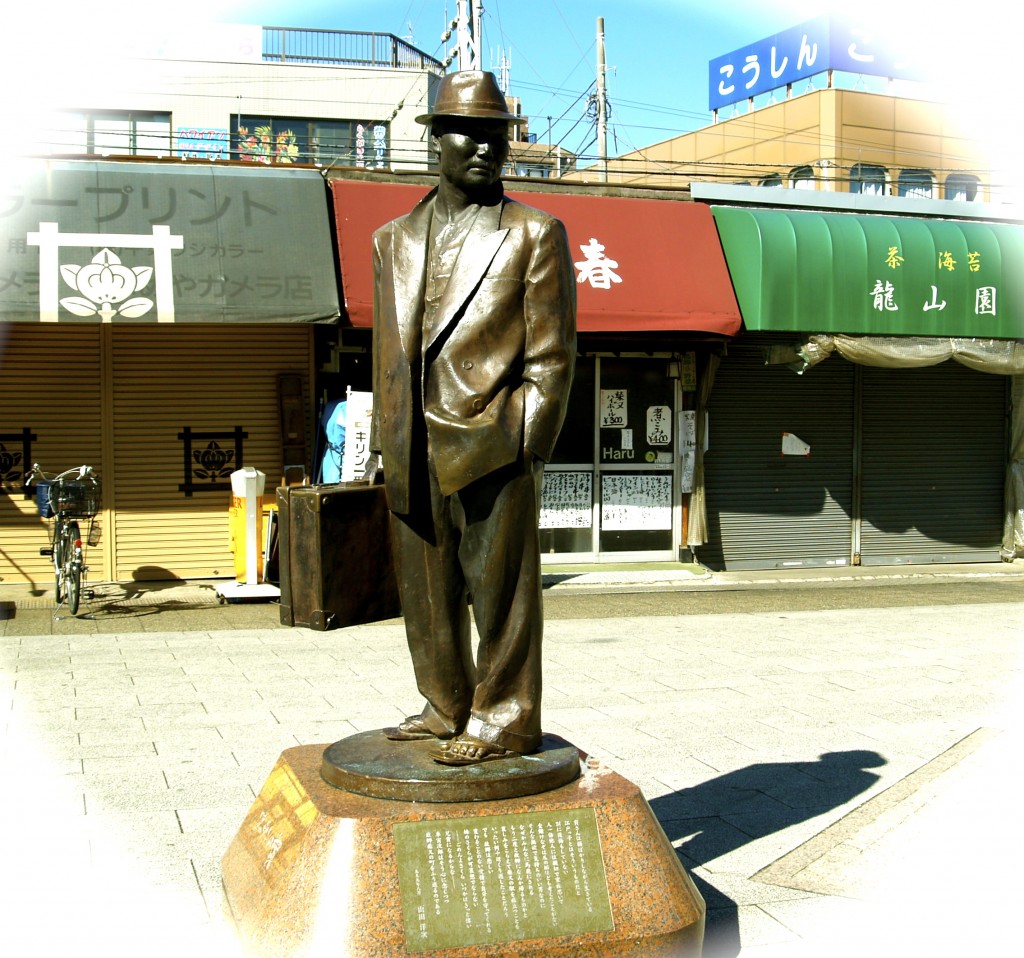
Once at Shibamata station, a bronze statue of Tora-san greets the visitor at the exit. And on the short way to the local temple, the dango tea shop owned by Tora-san’s uncle is waiting to serve you its speciality, the “kusa dango,” or “herb sticky rice balls.”
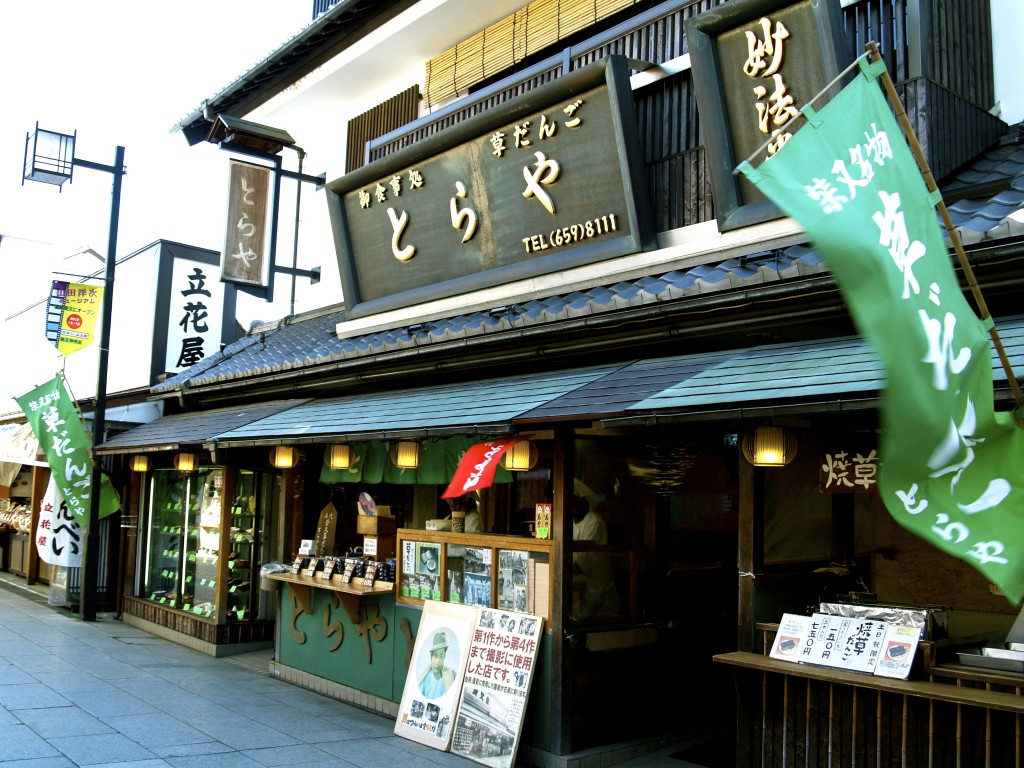
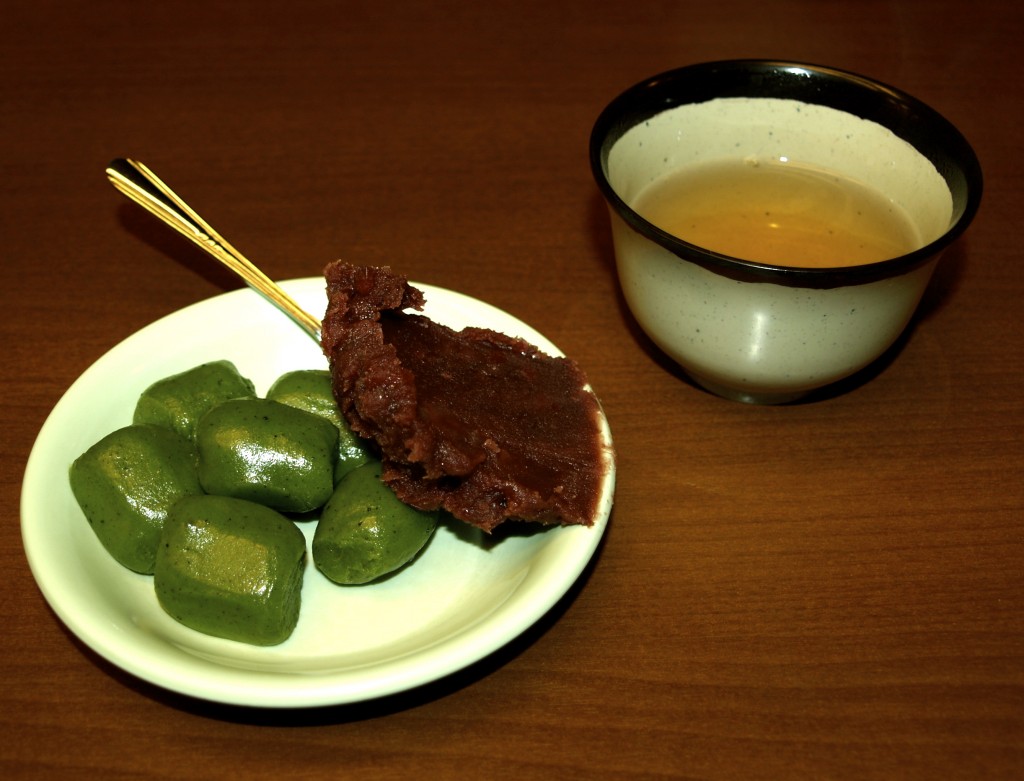
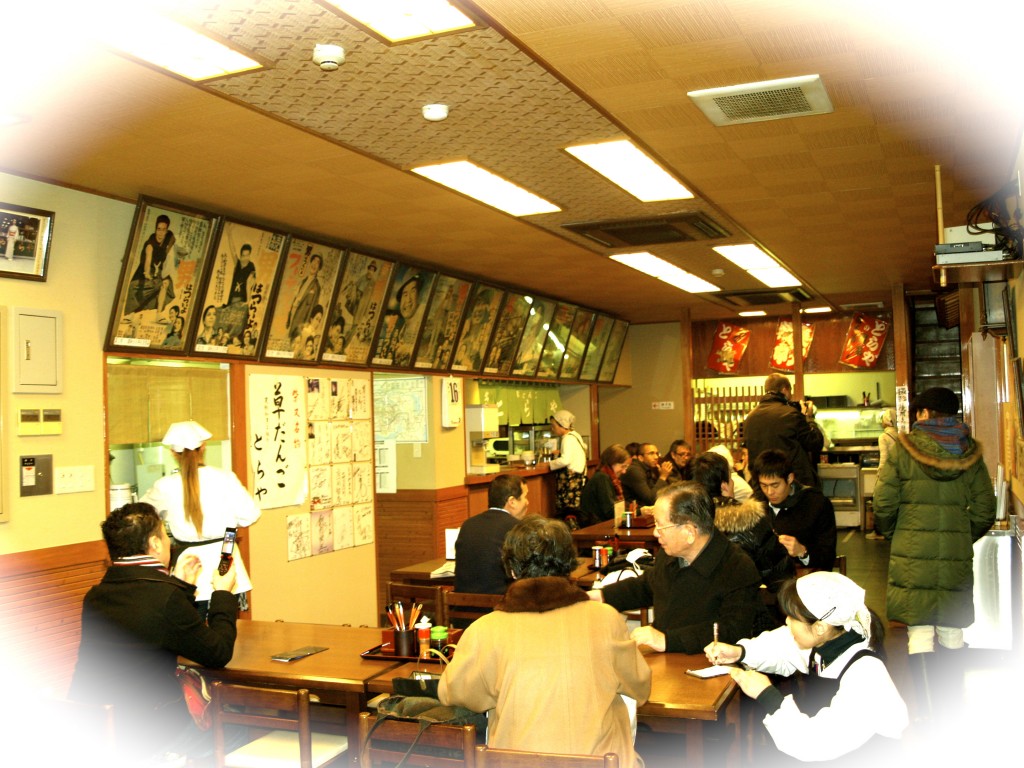
The tea corner is the movie stage for Tora-san’s home, and the famous wooden stairs, which Tora-san’s comic scenes were shot are there as well. Some of the most famous movie posters are displayed as well.
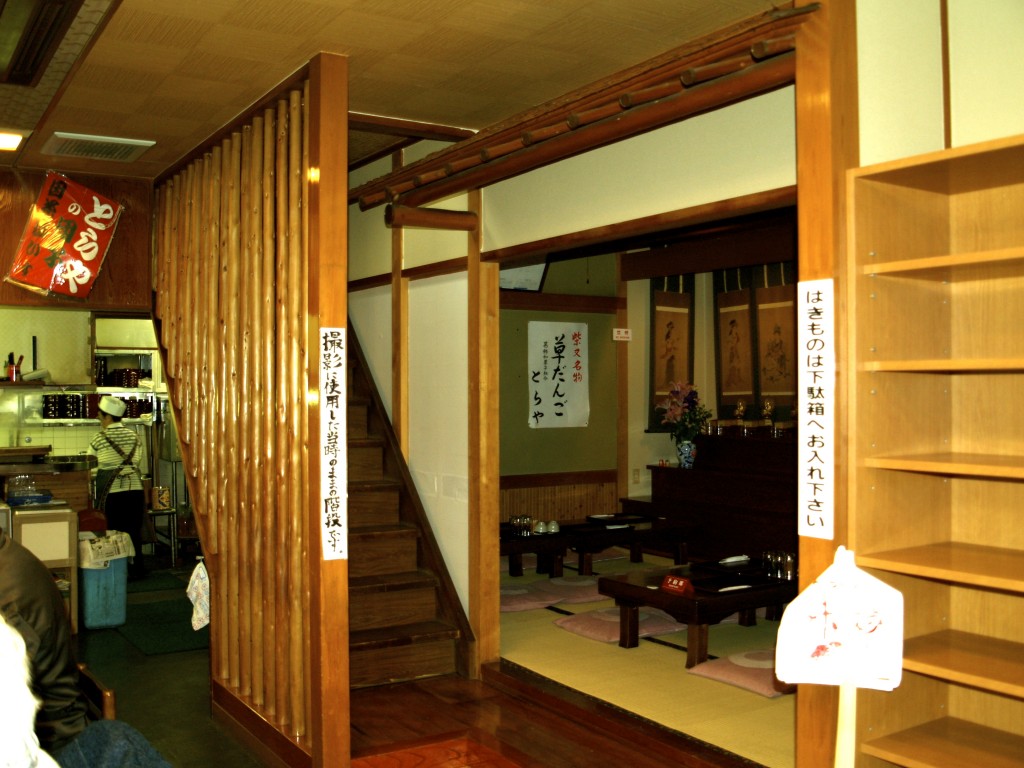
In the fictional world of Tora-san, he has two siblings: an older brother and a much younger sister, but in the family, he is the only one born from an adulterous union, after his father spent a drunken night with a geisha. In his teenage years, he has a big fight with his father, and leaves the house for good. The movie series starts with him coming back to see his little sister, Sakura, after twenty years of absence. Middle aged Torajiro (his first name) arrives in his uncle’s shop, where he discovers that his father and brother have both died. Sakura, whom he last saw when she was about 7, had become an attractive young woman, working as an office lady at a remarkable company and she also helps her uncle and aunt to run their dango tea shop. When she sees Tora, she doesn’t recognize him, but she soon sympathises with him, as he is her only directly related family member still alive.
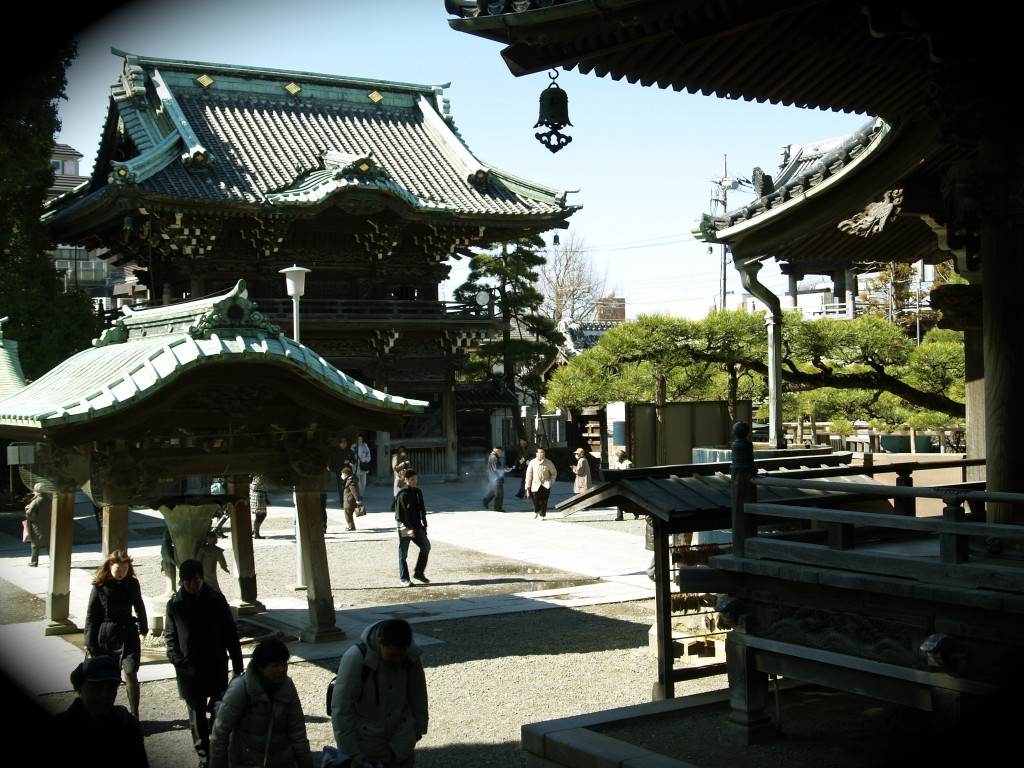
Tora-san doesn’t have a home. He’s a tramp, and a tekiya (的屋)—a street-merchant yakuza–who earns his living by traveling in remote Japanese towns and selling his wares. In the very first movie, he even visits a local yakuza office to pay his respects. This scene is allegedly no longer included in televised versions. In 2011, the Sunday Mainichi, pointed out that under the new organized-crime exclusionary ordinances, even Tora-san films were problematic.
He’s usually accompanied by his shatei(brother), the only character in the movies who admires him truly. Tora by selling used books and toys to the people of the town he’s visiting, uses his charm and skills, to take away their cash. Tora-san wears a characteristic beige check suit with a white underwear T-shirt. Short trousers, which show his bare feet, wearing the Japanese zori slippers, winter and summer. In many ways, he seems like a Japanese version of Charlie Chaplin’s tramp character. (If “the tramp” had a drinking problem.)
The success of the Tora-san’s series lies in the fact that the public always knows how the story will end even before they see it. There are few surprises. There isn’t one single episode among the 48 where the spectator does not cry or laugh. All the Tora-san movies follow the same pattern. Tora-san falls in love with the local beauty, the starring madonna actress who is different in each movie. This begins a platonic romance, but he ends up messing even the platonic romance up, because he thinks he is not good enough for the women of his dreams. Questioning the meaning of love, he sometimes ends up as a matchmaker for couples, although he often secretly loves the girl he is fixing up. Tora-san is not rich, in fact, he is very poor, and he isn’t handsome at all, but he has a big heart, and steals women’s hearts with his good mood and jovial face. Tora-san’s male rivals are always Japanese stereotypes of Japanese male success: cold, macho, good-looking, rich, university graduates, coming from a good family, whereas Tora represents the exact opposite.
He always comes upon his family members bad mouthing him behind his back, feels rejected, and leaves the house to the greatest distress of Sakura, his sister. Tora-san usually leaves when he feels that he is becoming a burden. Although he is loved by his family members, Tora-san has an inferiority complex due to his repudiation of his geisha mother, whom he ends up reuniting with in the second episode, according to Gilles Poitras, an expert of Japanese popular culture, who wrote Anime Companion, Anime Companion Volume 2 and Anime Essentials. They get along quite well.
Tora-san is an unpredictable vagabond, but he always comes back to see his sister Sakura in Shibamata town, or writes her a long letter when his heart is in the mood to do so.
Although Shibamata was staged as a cosy looking neighbourhood, copying the charms of downtown Tokyo, it reportedly used to be a “seething hotbed of students radicals and Chinese racketeers” in the late 1960’s, when the series started. Shochiku Studios opened a Tora-san Museum in the middle of Shibamata, Katsushima Ward, in 1997, a year after the death of its main actor, which ultimately brought the end of the series.
*的屋 (Tekiya):
tekiya (的屋・てきや)、street-stall operators, peddlers, street merchants
Along with the bakuto and the gurentai, one of the three original kinds of yakuza. They worked at trading centers or fairs, selling products of dubious quality or value; for example, they would sell miniature bonsai trees that didn’t have any roots, or lie about the origin of a product. Many of the burakumin became tekiya, as a way out of otherwise inevitable poverty and disgrace.
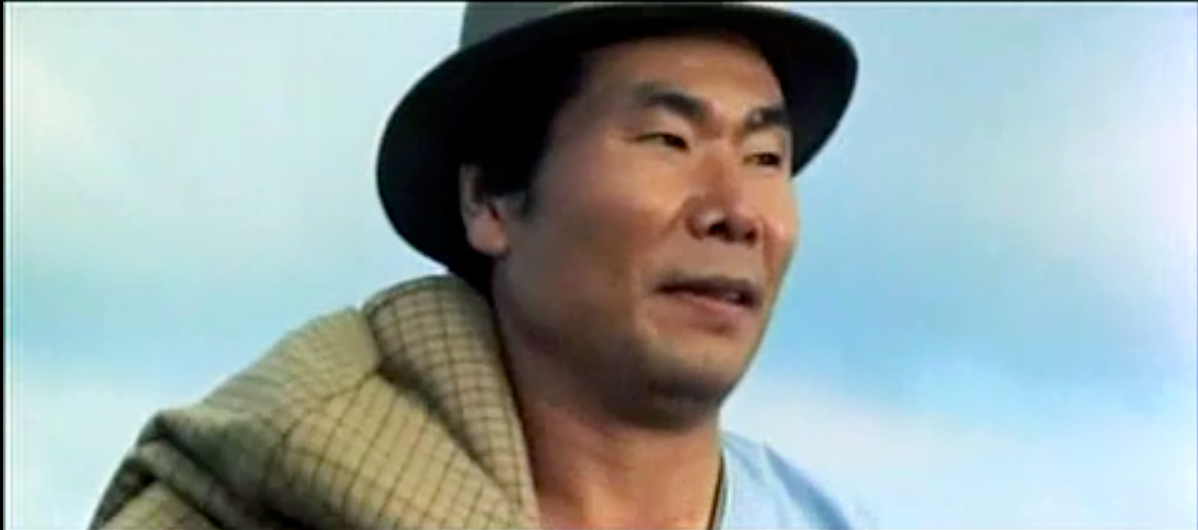
I highly recommend the movies as good fun entertainment and a peak into Japan in recent history.
The temple, which is a major location in the first movie, is worth spending some time at. The complex has a large number of wood carvings, many of which are inside the buildings. The museum is a short walk towards the river and worth going to if you are a fan of these films. The shop on the way to the temple was used in the first 4 movies, afterwards the studio build a replica which is now in the museum.
For those of you in the US and Canada the first 4 films have been released by AnimEigo as a box set.
http://www.animeigo.com/products/other/tora-san
BTW He actually reunites with his mother in the second film.
[…] http://www.japansubculture.com/tora-san-japans-most-famous-tramp-is-a-yakuza-%e3%83%86%e3%82%ad%e5%b… […]
Dear sir/madam,
I enjoyed reading your text on Tora san. Having said this, there are at least two mistakes.
Tora san is no longer the series that lasted the longest. It has been surpassed by a Chinese serie (don’t know the name) and not all movies are directed by Yamada Yoji.
Once more, I really enyed reading your text.
Greetings,
Patrick Korver